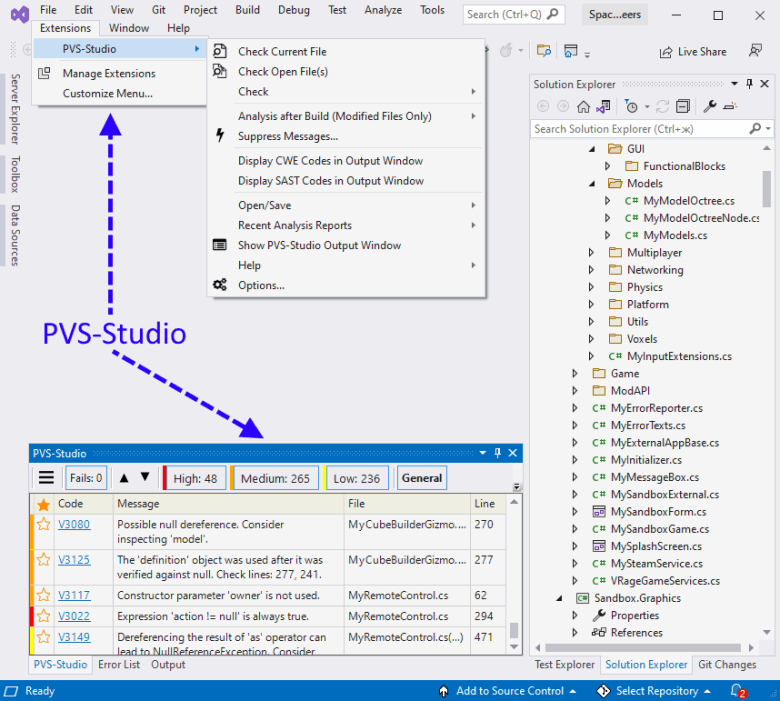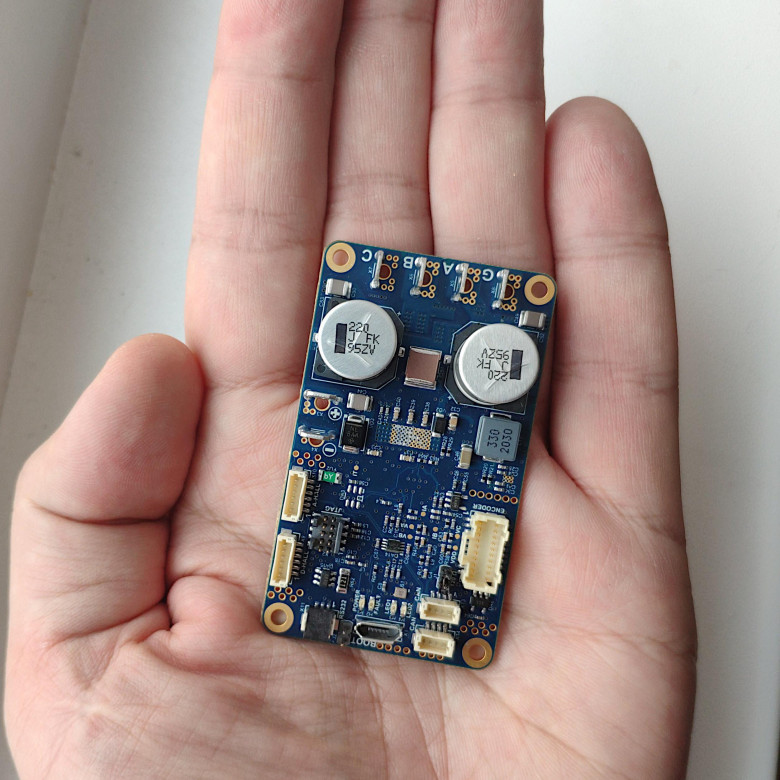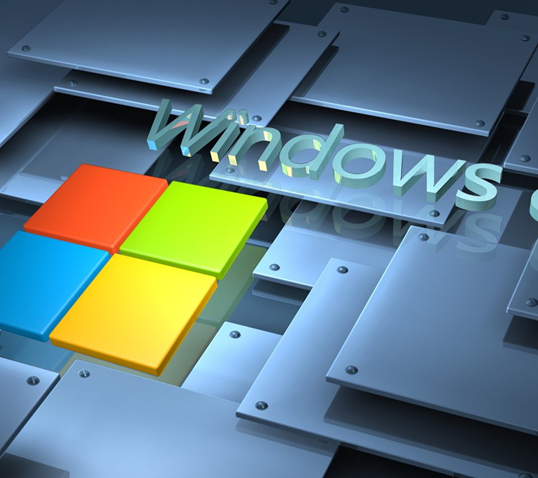If you are searching for free partition manager software for your Windows PC, then Download the Top and best Partition Manager Software on Windows PC/Laptop.
It is a software program that lets us create, delete, shrink, expand, split, or merge partitions on our hard drives or other storage devices. Without extra software, a hard drive will be partitioned into Windows. But we can’t resize or combine them without any extra help.
The important aspect of owning a PC is to manage your hard-drive partitions very effectively. Based on categories, it divides data to allow people. For example, you can keep your multimedia files, work folders, and your programs in different partitions and install them on your system drive.
If you use your PC to double or triple-boot into various operating systems as a power user. Your SSD or HDD must be divided into smaller partitions; otherwise, it is impossible.
In 2020, in managing software partitions effectively. We help you with Windows and Linux by compiling a list of the best free partition software. So let’s read more to get the free partition manager Windows 10/8/7.



















